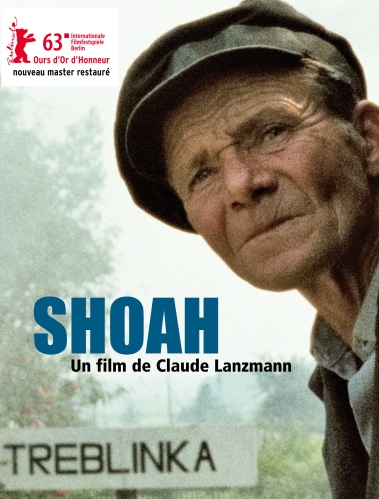Located on the bank of the Ner, a tributary of the Warta in the region the Germans called Wartheland, Chelmno is where “gas trucks” were tested beginning 1941, an early form of what later became the gas chambers. Jews were assembled in the Catholic church and from there sealed in trucks, with the exhaust pipe turned inward. The number of miles between the village and forest and the truck’s speed were calculated in such a way that upon arrival, the Jews would have died from asphyxiation; the needed only to be buried in previously dug graves. A large part of the Lodz ghetto was exterminated in this way in Chelmno.

It is in Chelmno that Claude Lanzmann begins his film Shoah. A man is seen, a rare Shoah survivor named Simon Srebnik, as he returns to places where, as an adolescent, he sang for the Germans while they conducted their sorrowful work. He sang so well, in fact, that his life was spared, and the Polish peasants of the region could all remember him.
Chelmno’s church still stands, towering over prairies where animals graze along the Ner. One almost expects seeing that rare survivor sailing in his small boat, as depicted in Lanzmann’s film. At the church’s entrance, a plaque recalls the fate of the region’s Jews.
A mile or two from here, in the forest, is the camp, the extermination site where large, rectangular mass graves were dug to bury the cargo from the gas trucks. A monument has been erected here: a path leads through the various grave sites, lined with stelae evoking what happened and recalling the names of the shtetlach that vanished here.